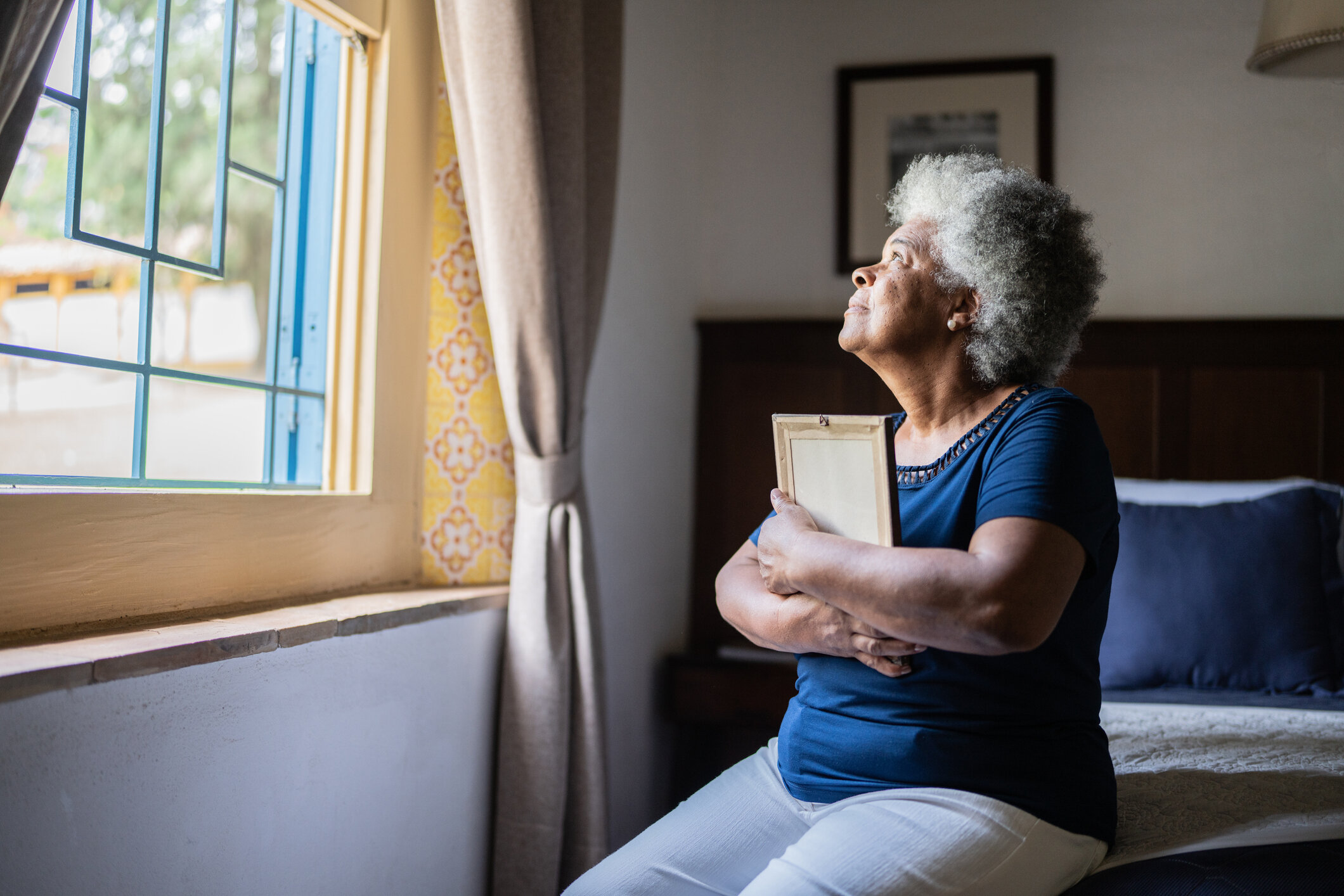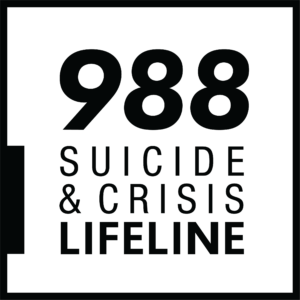Written by Carson Domey, suicide prevention workshop attendee and founder of Carson’s Crew

Mental health and wellness have been an issue since the beginning of time. Though we finally started talking about it as a society in the past half-century, we need to do more.
The Centers for Disease Control (CDC) conducted a study that found one in every four teenagers have had suicidal thoughts since the beginning of the COVID-19 pandemic. As a 16-year-old, that statistic sends chills up my spine. I picture a normal classroom at my high school with about 20 students and it frightens me that, according to the CDC’s findings, five of my classmates have either previously or are currently considering suicide.
At first thought, that stat doesn’t feel accurate. However, in Massachusetts, someone dies of suicide every 12 hours — two every day, 14 every week, approximately 730 every year. Suicide is the second leading cause of death for people ages 10-34 in Massachusetts, just behind accidents. Nonetheless, suicide is not a problem unique to Massachusetts or the United States. In Japan, during November of 2020, more people died from suicide in that month alone than every individual who passed due to COVID-19 in their country the whole year.
We can nearly all agree that suicide is a problem, but rarely is it put into clear perspective until it hits close to home. In December of 2018, I lost a close friend to suicide. This was a complete shock to our friend group as this was one of the happiest kids I knew. Sadly, this is the same story that is left behind following so many suicides.
Unlike physical health, it is difficult to know exactly what is going on in someone’s head, which subsequently initiates the question of “how do we help?” I wholeheartedly believe that the answer is through conversation and dialogue about mental health and wellness. We need to normalize the concept that it is okay to not be okay. More importantly, we need to raise awareness for the countless mental health resources out there, like Samaritans.
Engaging in conversations about mental health are crucial because it shows that there is plenty of help available. We also never know who may need them. In addition to attending a number of Samaritans’ webinars, I recently worked with their Community Education and Outreach team to coordinate a suicide prevention workshop, co-hosted by my organization Carson’s Crew to help break this stigma and encourage conversation.
It doesn’t stop there on how we can get involved. For instance, in September 2019, I led a successful initiative at my high school to have the National Suicide Prevention Lifeline phone number on the back of student identification cards. At the beginning of the year, not only did students have a 24/7 resource in their pocket, but I noticed that mental health was brought to the forefront of conversation in the classroom and on campus. We were able to generate awareness and conversation through a cost-effective idea before it hit close to home.
The sadness and utter confusion that I felt when I heard the news about my close friend is a feeling that I will never forget and hope nobody else will ever have to experience. Whether I like to admit it or not, these emotions are similarly unleashed for me when talking about mental health and even writing this blog. But these experiences have motivated me to work toward ensuring that nobody has to suffer like my friend did, leaving their friends, family, and so many others looking for answers.
I may not have wanted to write this article, but the consequences of not addressing and working to end the stigma behind mental health are far worse. With that said, I strongly urge you to learn about suicide and mental health through one of the many educational workshops Samaritans offers and I encourage you to have conversations with your friends and family about how we can best support each other through these difficult times.









